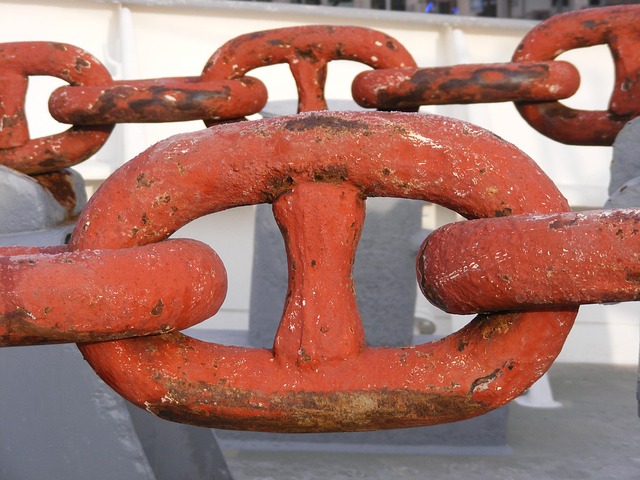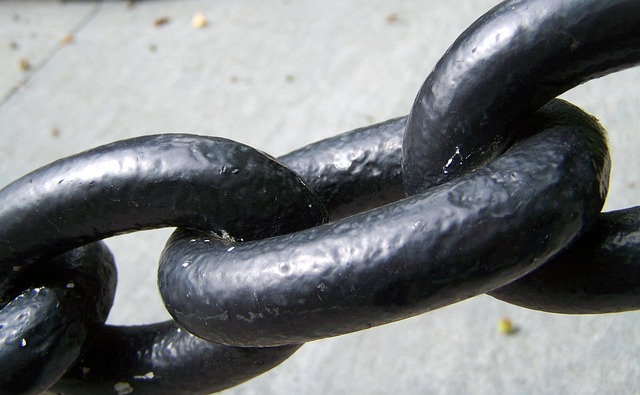Strategic internal link suggestions enhance user experience and SEO by guiding users and search engines through relevant content. Balancing direct navigation and organic discovery, these links reduce bounce rates, increase session durations, and optimize anchor text for better performance. Measuring CTRs, bounce rates, and time spent on page helps refine the strategy for improved user engagement and search engine visibility.
Internal linking is a powerful tool for website optimization, driving user engagement and search engine visibility. This term particularly shines when highlighting successful strategies, like those in case studies, that illustrate its effectiveness. From enhancing navigation and improving UX to boosting site authority and optimizing for search engines, this article explores internal link suggestions to unlock your website’s full potential. Discover how strategic linking can transform your online presence.
- Unlocking Website Potential: Internal Link Strategies
- Effective Navigation: Linking Case Studies
- Enhancing User Experience with Internal Links
- Optimizing for Search: Link Suggestions
- Building Site Authority Through Internal Linking
- Measuring Success: Analyzing Internal Link Performance
Unlocking Website Potential: Internal Link Strategies

Unlocking a website’s full potential begins with strategic internal linking — a powerful tool that connects content and improves user experience. By implementing effective internal link suggestions, sites can enhance SEO efforts and guide visitors through relevant resources. This simple yet effective technique allows users to navigate effortlessly while search engines crawl and index pages more efficiently.
Internal link suggestions go beyond mere connectivity; they serve as a roadmap for both users and algorithms. Optimizing these links involves strategically placing them within content, ensuring a natural flow that complements the overall user experience. A tutorial on internal linking might highlight best practices like using relevant anchor text, maintaining a healthy link distribution, and aligning links with user intent — all contributing to improved SEO and website performance.
Effective Navigation: Linking Case Studies

Effective navigation is key when presenting case studies or examples, and a robust internal linking strategy plays a vital role in this. By carefully integrating relevant internal links throughout your content, you can enhance the user experience while also boosting SEO efforts. When readers delve into specific case studies, provide them with intuitive navigation to explore related content. For instance, if a study highlights successful marketing strategies, link to other cases that demonstrate these tactics in action. This not only offers a comprehensive view but also allows search engines to crawl and understand the interconnectedness of your topics.
Implementing an internal link suggestions strategy involves identifying key themes and keywords within each case study. Utilize tools to uncover related content on your site, then seamlessly weave links to these pieces using relevant anchor text. For example, “Discover how our team optimized SEO in this recent project” (linking to a related case study on SEO improvements). Such tips ensure that both users and search engines can navigate the ‘tapestry’ of interconnected information, fostering a seamless and informative experience.
Enhancing User Experience with Internal Links

Internal links play a pivotal role in enhancing user experience on a website. By strategically placing relevant links within content, websites can guide users to related information seamlessly, fostering a more engaging and intuitive navigation journey. This is particularly crucial for larger sites with extensive content libraries, where well-crafted internal link suggestions tips can help visitors discover new resources effortlessly. When implemented effectively, these links not only improve user satisfaction but also contribute to better SEO performance by reducing bounce rates and increasing average session durations.
A robust internal link suggestions strategy involves careful consideration of both the context and intent behind each link. Content creators should aim for a balance between direct navigation and organic discovery. For instance, including internal link suggestions tips within related articles or offering optimization opportunities through contextual anchor text can significantly improve user experience. By following these internal link suggestions optimization practices, websites can create a cohesive digital landscape that encourages exploration and ultimately drives better business outcomes.
Optimizing for Search: Link Suggestions

Internal link suggestions play a crucial role in optimizing your website for search engines. By strategically placing relevant links within your content, you can improve user experience and enhance the visibility of important pages. Start by identifying key topics and creating a hierarchical structure using internal links. This suggests a natural flow of information to both users and search algorithms.
Consider implementing an internal link suggestions strategy that balances anchor text diversity and relevance. Avoid overusing generic keywords in your anchor text, as this can raise red flags with search engines. Instead, focus on crafting descriptive and contextually relevant links that accurately represent the target page’s content. This optimization technique not only aids search engine crawlers but also encourages visitors to explore more of your site.
Building Site Authority Through Internal Linking

Internal linking is a powerful tool for boosting website authority and user engagement. By strategically placing relevant internal links within your content, you can guide users to valuable resources while also instructing search engines about the hierarchy and importance of your pages. This creates a positive feedback loop that enhances both the user experience and SEO performance.
When implementing internal link suggestions, focus on creating a natural flow of information. Link to related posts or guides within your industry, offering readers additional insights and context. An optimized internal link suggestions strategy ensures that each link adds value, whether it directs users to similar content, in-depth tutorials, or authoritative pages that establish your website as a trusted source. Remember, effective internal linking tips include maintaining a balanced anchor text distribution and ensuring links are contextually relevant to both the user and search engine algorithms.
Measuring Success: Analyzing Internal Link Performance

Measuring the success of your internal linking strategy is crucial for understanding its impact on user experience and search engine optimization (SEO). By analyzing the performance of internal links, you can uncover valuable insights that inform future decisions and drive continuous improvement. Start by tracking click-through rates (CTRs) for specific anchor texts and linked pages. A low CTR might indicate a need to refine your internal link suggestions or optimize the content associated with those links.
Utilize SEO tools to gain deeper insights into user behavior, such as bounce rates and time spent on page after clicking from one article to another. This data can help you identify high-performing internal linking patterns that enhance user engagement and lower exit rates. Additionally, monitor organic traffic changes resulting from internal links over time, as this will demonstrate the strategic value of your internal link suggestions tutorial and optimization efforts.
